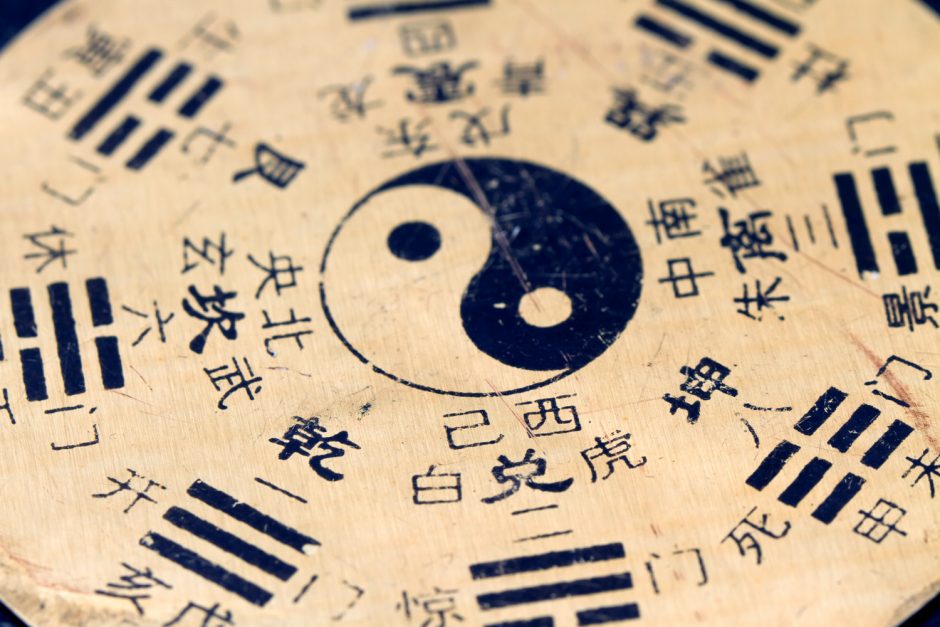Ah, traditional China. We all know about TCM or traditional Chinese medicine. It is one of the leading healthcare systems, coming only after modern medicine. Part of its success is due to the cutting edge science that goes into the treatments. So, TCM continues to astound physicians even today. The way TCM used plants and animal by-products to cure diseases was a feat. Even by today’s standards.
However, what are the core principles of traditional China? If you believe in a TCM, all aspects of one’s life are spiritual. Indeed, old China was deeply spiritual.
Let’s dissect this concept of spirituality. When we cut each open, we see traditional China’s three vital components. The mind, the body, and the soul. Let’s talk about each one in this post. First, let’s explore the concept of Tao.
Traditional China: The Concept of Tao
The concept of the Tao is the foundation of Chinese medicine. It is frequently translated as “the infinite origin” or the “unnameable”. In addition, it strongly emphasizes preserving the wholeness and balance of the mind, body, and spirit.

The Tao’s guiding concepts are:
- The entire cosmos makes up everything in the world
- The polar opposite of everything
- Everything is turning into its opposite as it evolves
- The opposite of a state is equal to its extremes
- All conflicts are productive
- Though there is no start nor end, everything that has a start also has an end
- Nothing is static or constant; everything is in constant flux.
The continual process of creation and destruction is often known as Yin/Yang. It is a dynamic balance between opposing forces. Moreover, it is the innate order of the cosmos and every person.
Yin/Yang is most popular among Westerners. Still, in Chinese philosophy and medicine, it has no symbolic meaning. It is as real as bone and flesh and exists as a thing, a force, an attribute, and a quality. It resides in each organ system, in the body’s Qi (life energy).
Traditional China: The Mind
The mind in traditional China was an incredible thing. The mind articulates all thoughts and all matters. It, therefore, is crucial for grasping concepts and understanding, well, life itself.
In his idea of education, Confucius addressed issues related to the philosophy of mind. He affected the moral discussion and had a significant impact on the traditional understanding of xin (heart-mind). The Confucian discourse dao was the traditional curriculum. It included history, poetry, and ritual in particular.
One way to think of them is as “training” the xin to perform as it should. On the other hand, it appeared that putting the texts into action required a prior understanding of interpretation or xin. Confucius emphasized a unique but vague intuitive quality he termed ren (humanity). A person with ren can execute or adhere to a dao. So, they accurately transform guiding discourse into performance.
The mind, hence, can have healing properties.
Traditional China: The Body
Mind and body dualism is common among the public in Chinese civilizations. They believe everything, including human beings, has a soul. They believe that the soul or spirit may leave the body and could live after a person is dead. In modern China, ancestor worship is still a common practice because of this very reason.

However, among the intellectual groupings, mind-body monism prevails. This group includes intellectuals, philosophers, physicians and more. TCM has a robust, holistic perspective that views people as a whole. It even considers them to be integral parts of nature. Also, in traditional China and modern day China, it remains a notable part of the country’s healthcare system.
This stands in stark contrast to the biological reductionism of western medicine. This is because biomedicine dominates it.
Therefore, the body serves as a container, of sorts, to the soul or spirit.
Traditional China: The Spirit
An explanation of human life was given by a statesman in 535 BCE. It said, “the earthly aspect of the soul (po) first emerges as human life begins. Then, after the production of po, the heavenly aspect of the soul (hun) emerges.”

This is one of the earliest references to “soul” in Chinese history. Thus, Po is the spirit of a person’s physical nature. It started showing in the form of physical strength and motions. Meanwhile, hun is the spirit of a person’s vital power, which manifests in consciousness and intelligence. For hun and po to remain healthy, the essences of the life-giving cosmic energies must feed.
A person’s hun gradually dissolves in heaven after natural death, and the po may follow suit by returning to earth. The hun and po may stay in the human realm after a bloody death and carry out nasty and evil deeds.
Undoing the Problems of the Soul
In the Chinese context, this is nothing a group of crucial ideas can’t treat. The ideas should focus on the concept of Qi. The word ling appears to work in specific instances. Especially if we try to identify the closest approach to a usable counterpart of the concept of the soul.
After all, the current Chinese term for the soul is ling-hun. It is a combination of the characters of ling and hun. It was formerly known as “the heavenly aspect of the soul.” Ling is a spiritual force. As such, the phrase specifically alludes to a spiritual force’s motivating nature. Shen, a term that can be translated as “spirit,” is often used with ling.
Therefore, your own Qi must be used to heal your soul and spirit. It truly is remarkable how such intricate treatments were used in traditional China. Everything can be mended, including your mind, body, soul, spirit, and even heart. Hence, it is a truly beautiful way to approach life. Isn’t it? Do you disagree? If so, why?
Conclusion
Traditional China was full of ideas and theories. It is an understatement to say that the Chinese, who lived ages ago, were ahead of their time. By studying them, we can hope to understand them a little better. And who knows? Maybe we all can learn something along the way. Right? So, it doesn’t sound too bad. In fact, to me, it is exciting to do so.
Did you enjoy the ideas of China from the olden days? If you want, you can read more about it. We’ve covered topics like Healthy Chinese Diet: What Can We Learn and How the Mongolian Influence is Still Prevalent in China. Happy reading! Have a good day!
Edited by: Syed Umar Bukhari.


